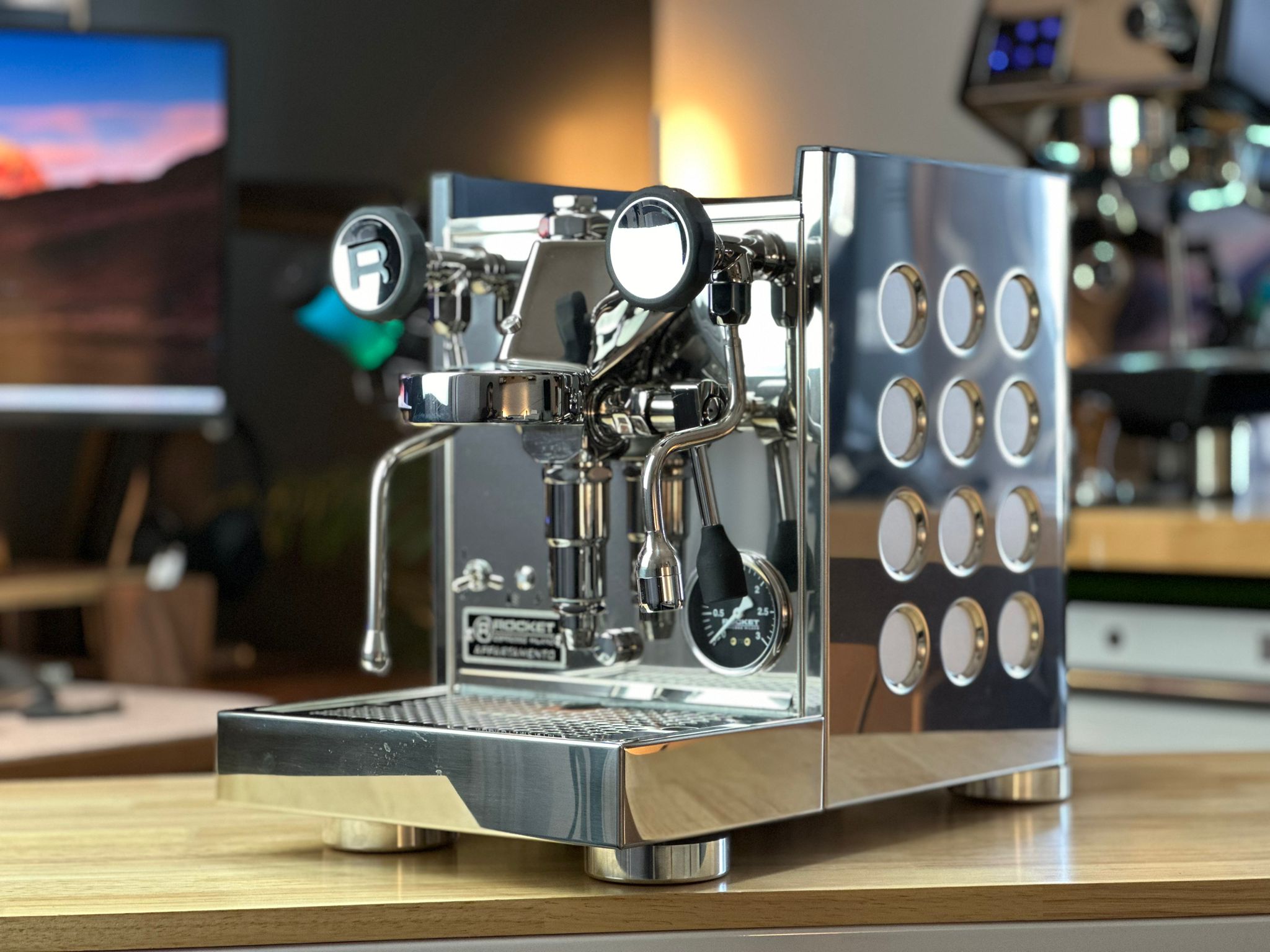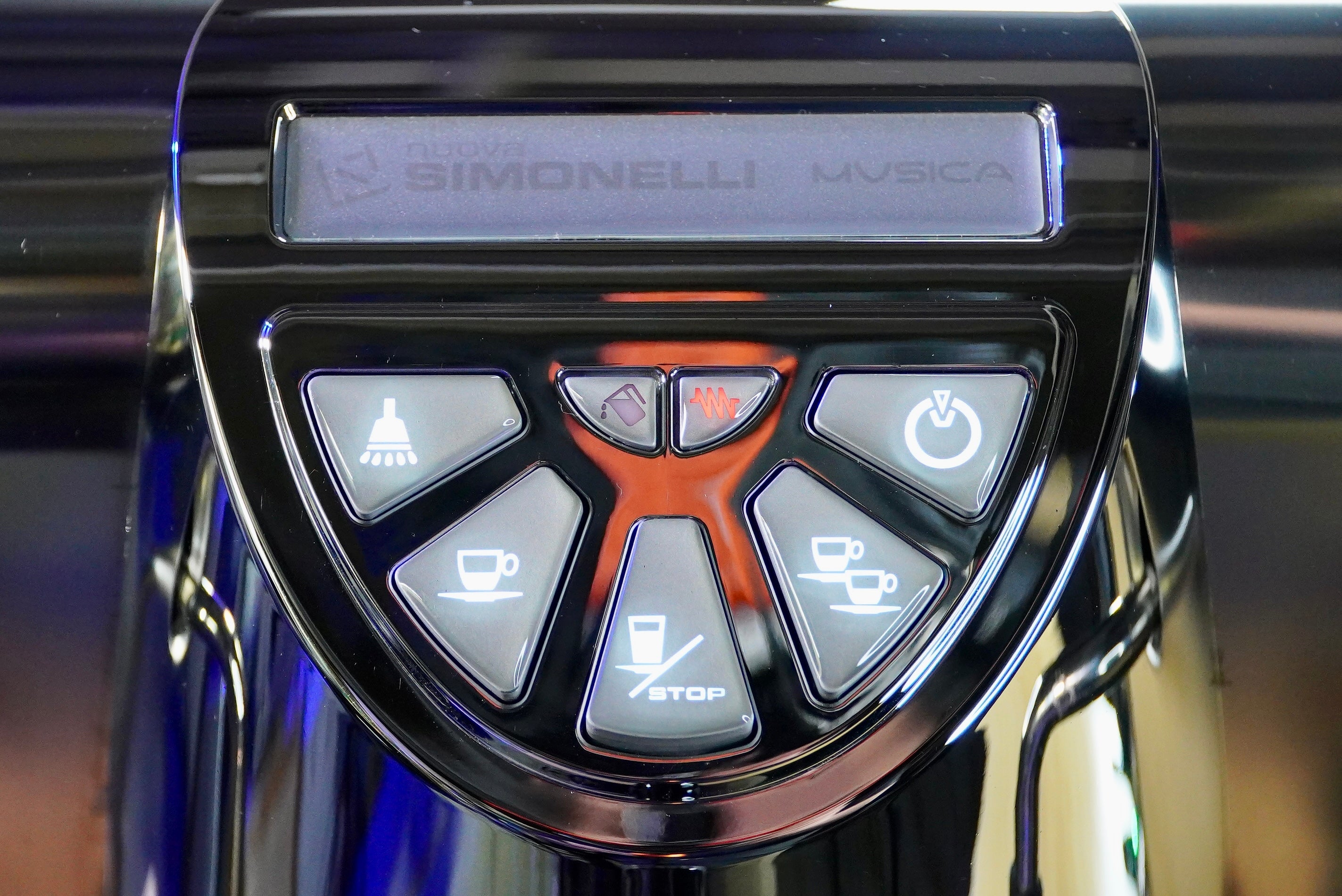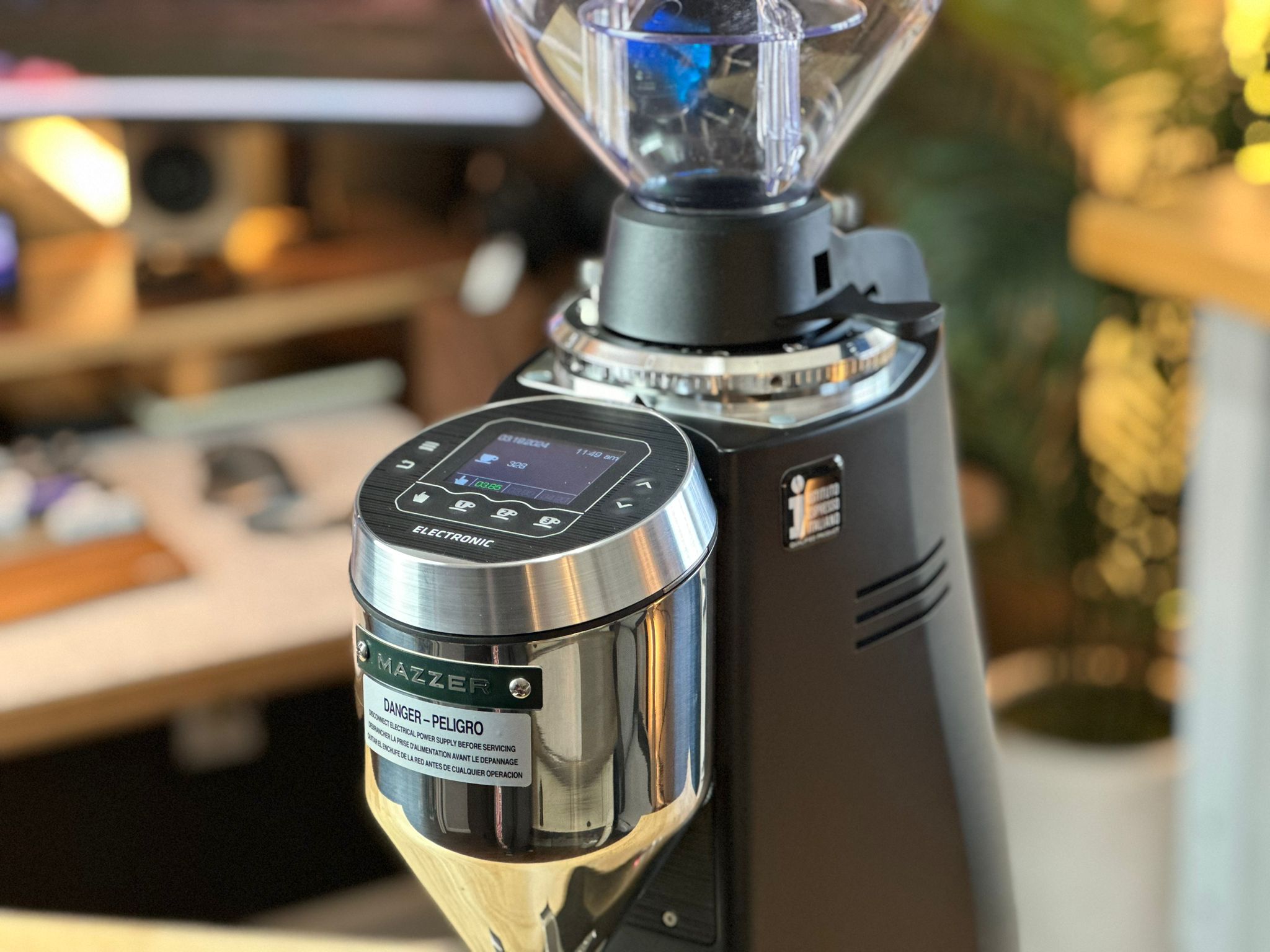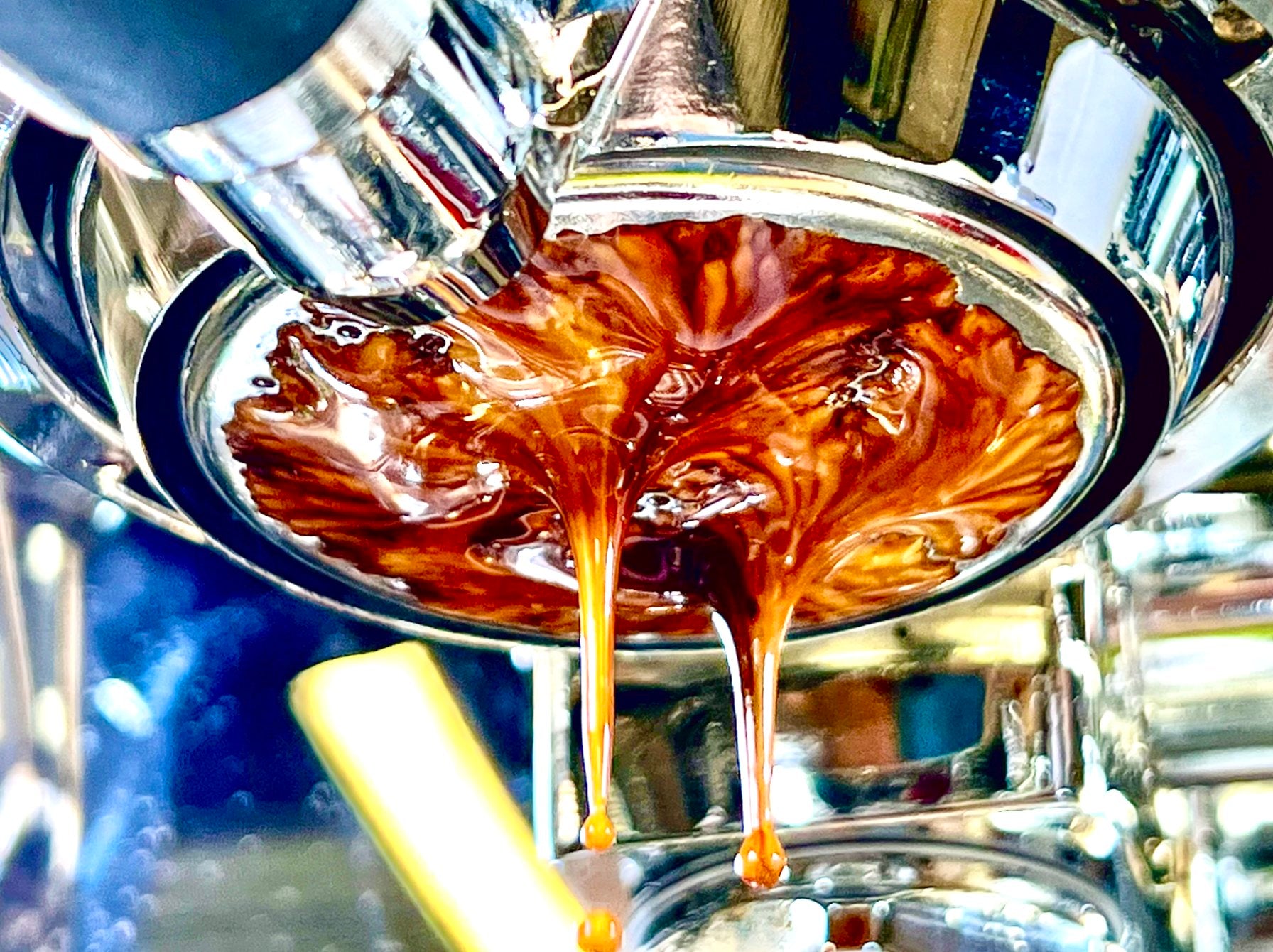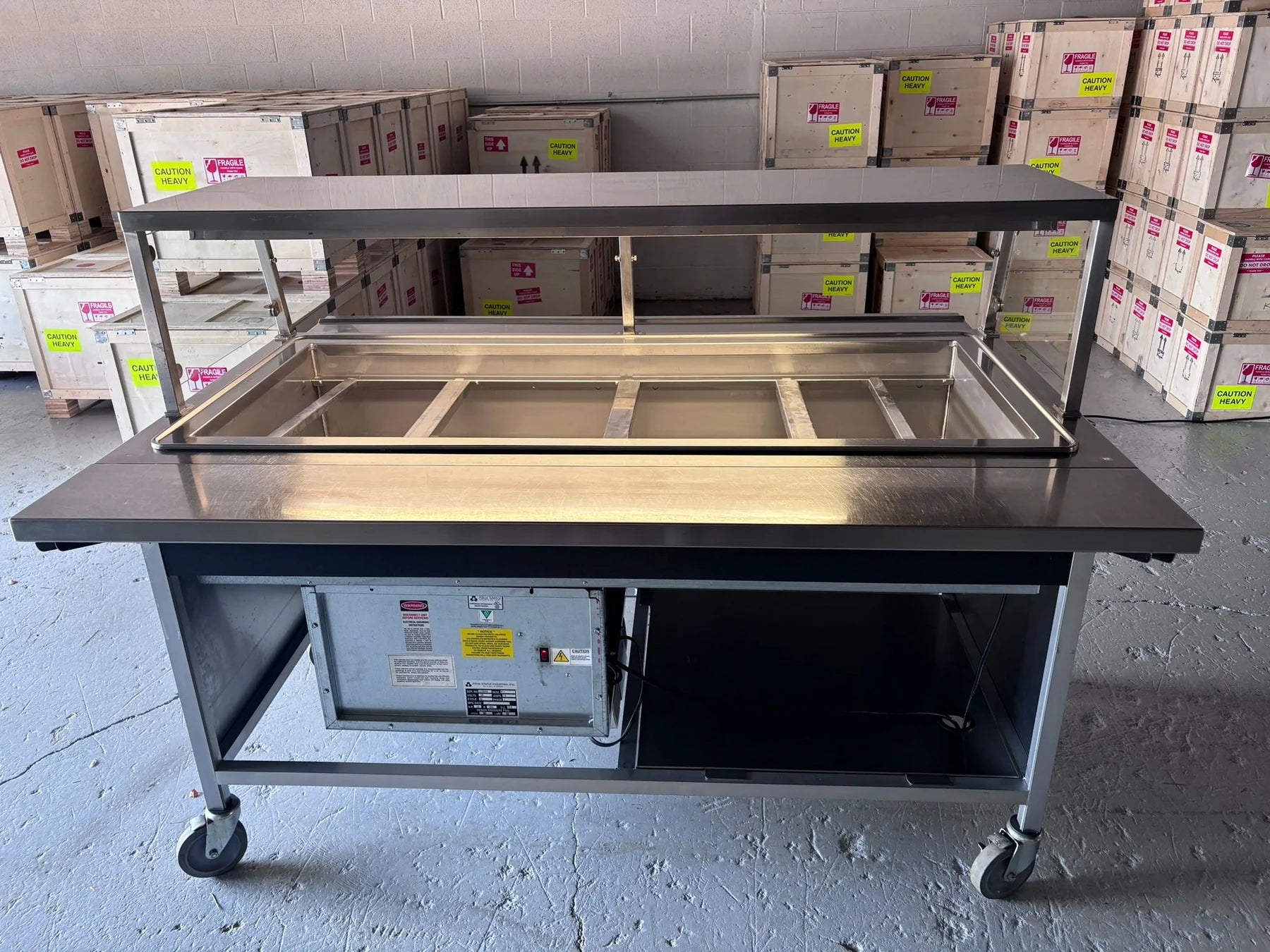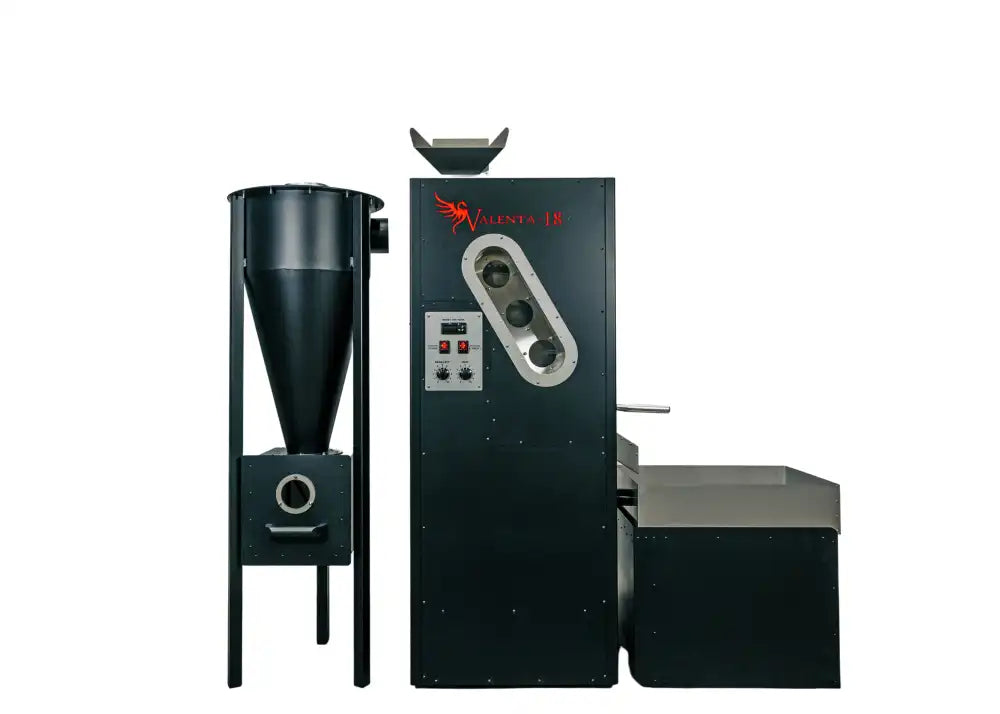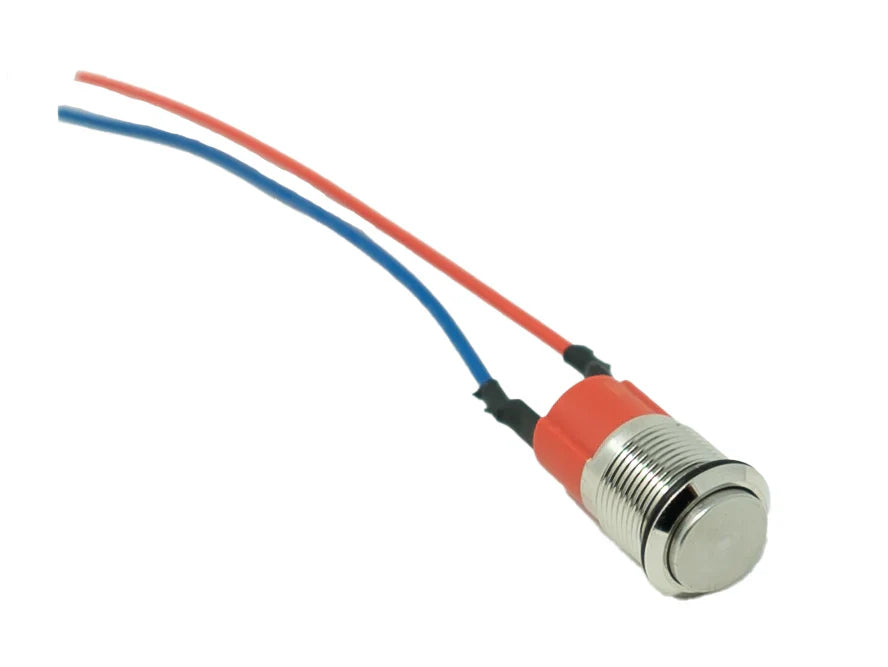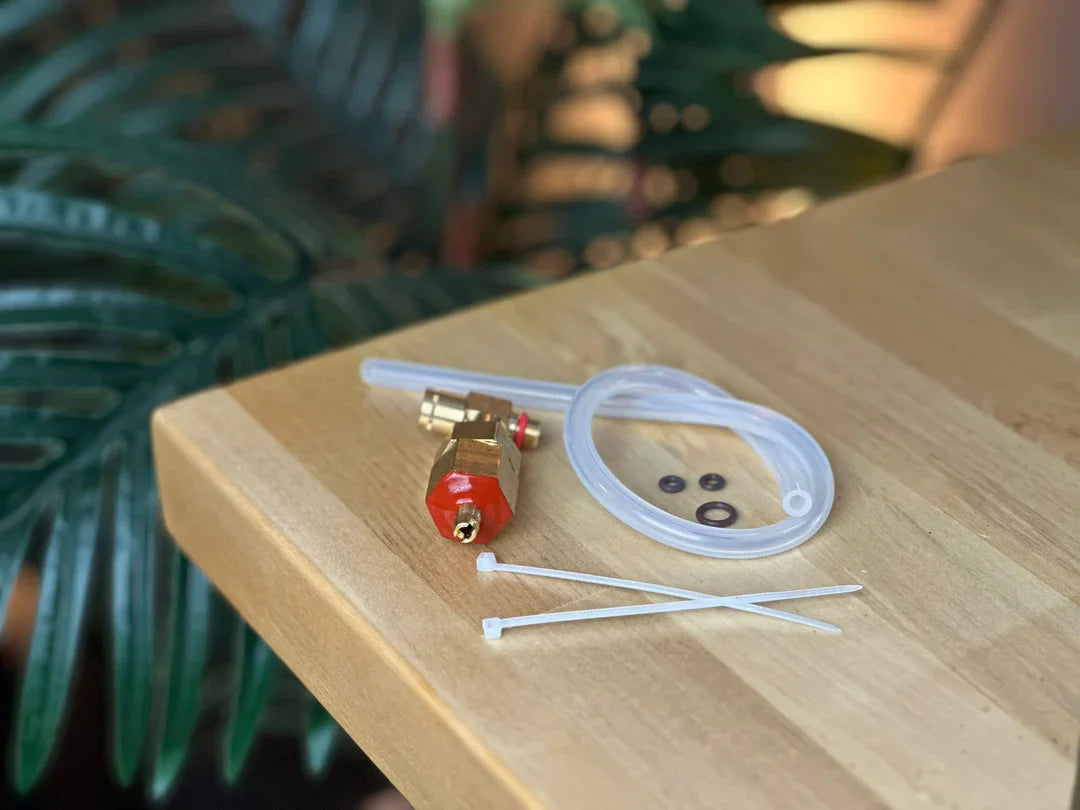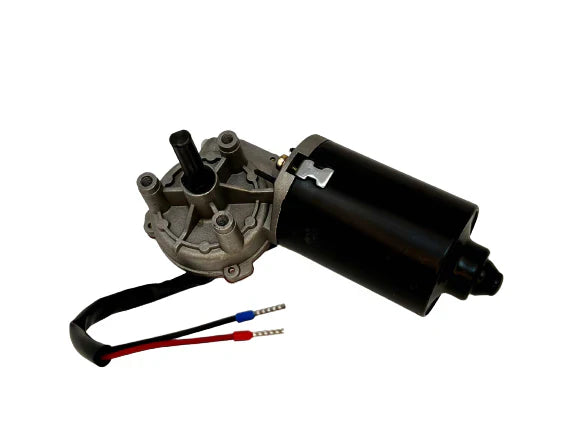French Press Coffee Brewing - How to Reduce Sediment
Reducing sediment in French press coffee is a common goal for those who prefer a cleaner cup while still enjoying the rich body and full flavor that the method provides. Here are several techniques to help minimize sediment in your French press brew:
1. Adjust Grind Size
- Use a coarser grind: One of the primary causes of sediment in French press coffee is coffee grounds that are too fine. A coarser grind (resembling sea salt) will result in fewer fine particles that can slip through the mesh filter. Finer grounds not only increase sediment but can also lead to over-extraction, causing bitterness.
2. Use a Burr Grinder
- A burr grinder produces more uniform particle sizes compared to a blade grinder, which can generate a wide range of grind sizes, including fine particles that contribute to sediment. A burr grinder allows you to control the coarseness of the grind, reducing fines and improving overall consistency.
3. Let the Grounds Settle
- After steeping, allow the coffee grounds to settle for 30 seconds to 1 minute before plunging. This pause gives the finer particles time to fall to the bottom of the French press, reducing the amount that will end up in your cup.
4. Skim the Crust
- During the steeping process, a crust of grounds forms on the surface of the coffee. After the coffee has steeped for the desired time, gently break the crust and skim off the top layer of floating grounds and foam using a spoon. This can help reduce the amount of sediment that remains in the brew.
5. Plunge Slowly and Evenly
- When pressing the plunger, do it slowly and gently. A fast or aggressive plunge can agitate the coffee grounds and force more fines through the filter, resulting in more sediment in the final cup. By plunging slowly, you allow the larger grounds to stay at the bottom, and fewer fine particles will pass through.
6. Double Filter
- Some French press users place an extra filter screen inside the plunger assembly to create a double filtration system. This additional filter can catch more fines and reduce the amount of sediment that makes it into your cup.
7. Use a Secondary Filter
- You can pour your brewed French press coffee through a fine mesh sieve or a paper filter (like those used in pour-over coffee) to further reduce sediment. This extra step removes most of the fine particles that slip through the metal filter, resulting in a cleaner cup.
8. Don’t Pour the Entire Brew
- As you pour the brewed coffee, avoid pouring all the way to the bottom. Leave the last 10-20% of the liquid in the French press, where most of the sediment will have settled. This helps ensure that less sediment ends up in your cup.
9. Try a Metal Mesh Upgrade
- Some manufacturers sell higher-quality or finer mesh filters that fit on French press plungers. These finer filters are designed to catch more fines than the standard filter that comes with most French presses. Look for replacement filters made of fine mesh stainless steel for better filtration.
By using these methods, you can significantly reduce sediment in your French press coffee without sacrificing the rich body and flavors that the French press is known for. However, some sediment is natural in French press brewing due to the metal filter design, and a small amount of it contributes to the full-bodied texture that many coffee drinkers enjoy.


